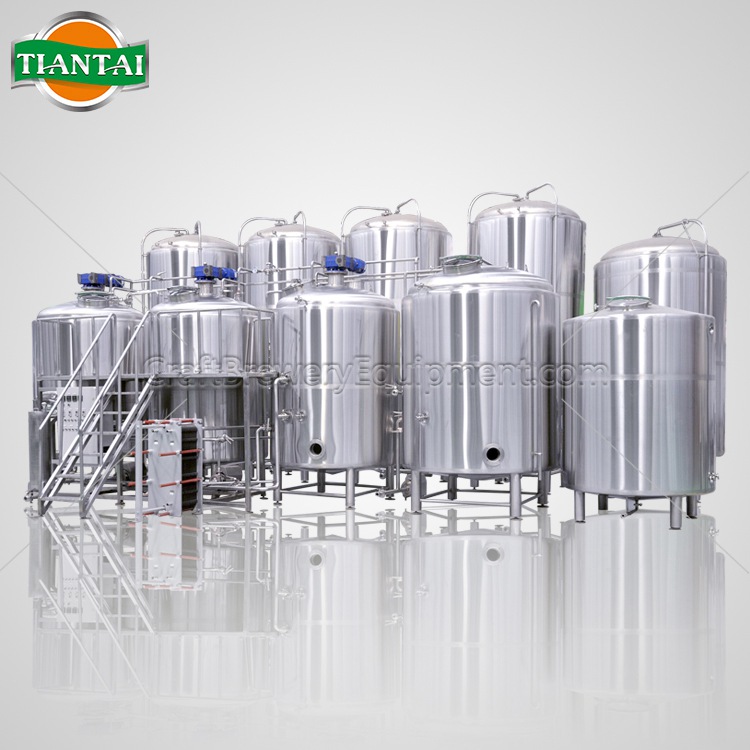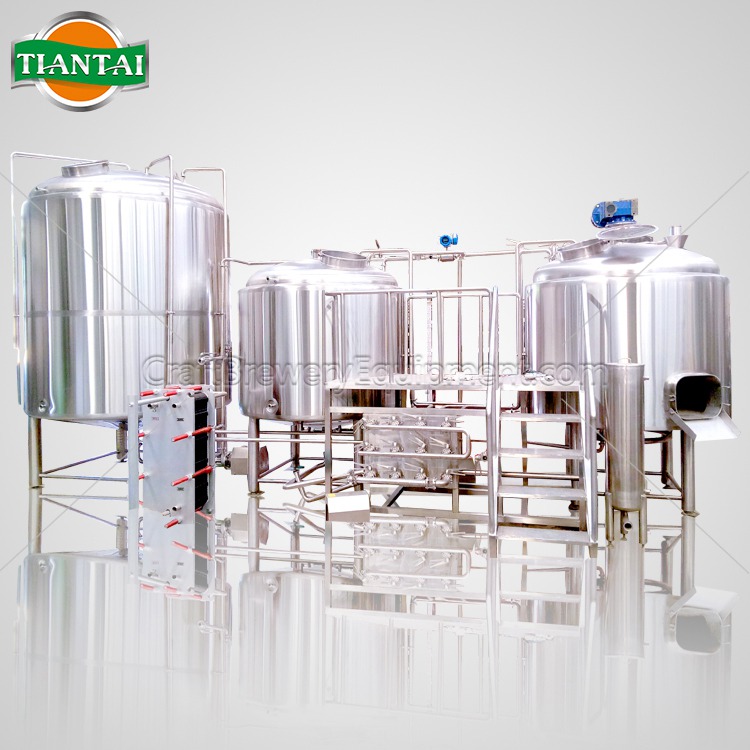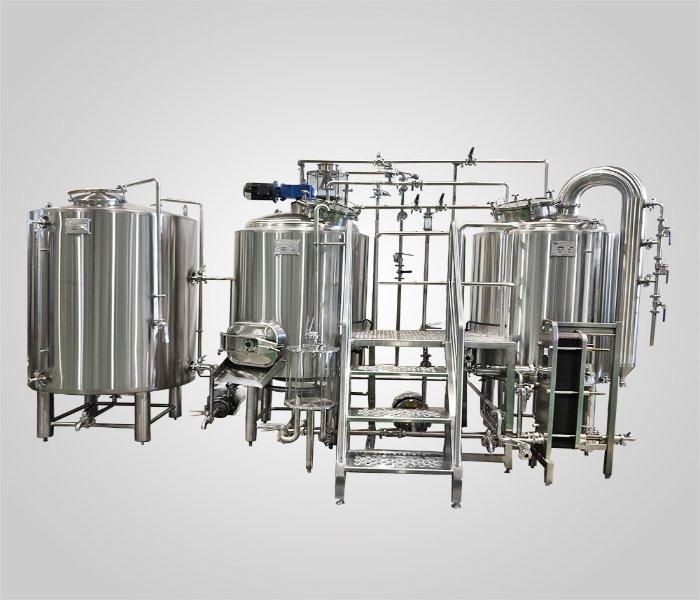.jpg)
In daily use of beer equipment, tanks and pipelines inevitably accumulate bacteria and dirt. To ensure the purity and flavor of beer, the CIP cleaning system plays a crucial role. Initially, residual solids and liquids inside the equipment are flushed out with a large volume of water, laying the foundation for subsequent detergent cleaning. Alkaline or acidic detergents are then used for deep cleaning to thoroughly remove residues. In the rinsing phase, sterile water is used to wash away any remaining detergent until the water quality is neutral. Finally, appropriate disinfectants are used for a final rinse to ensure the internal sterility of the equipment.
To ensure the CIP (Clean-In-Place) system operates effectively, regular inspections and maintenance procedures are essential. This includes verifying cleaning agents and sanitizers weekly, with daily checks in cases where concentrations fluctuate significantly during operations. Sampling and inspecting CIP operations involve evaluating solid content and color in cleaning agents to assess contamination levels. Under normal operation, cleaning agents in CIP tanks should be discharged every 6 to 8 weeks. Implementing a regular calibration schedule ensures the measurement components of the CIP system operate reliably. Equipment should undergo annual inspections and maintenance to remove scale deposits from tanks, assess corrosion levels, and ensure the system operates safely.
.jpg)
Learn more how Tiantai beer equipment company to not only produce the best quality brewery equipment for flavor-rich beers, but also help them to optimize the configuration, maximize process uptime and reduce beer loss when they brewing, PLEASE DON’T HESITATE TO CONTACT WITH US!
Hubert
Email: [email protected]


.jpg)




Get In Touch